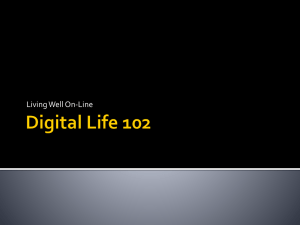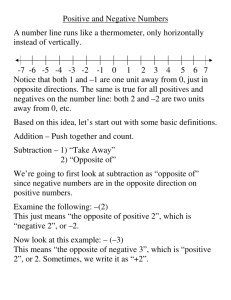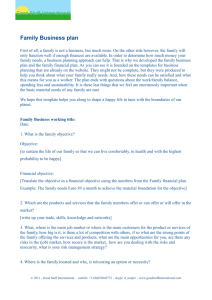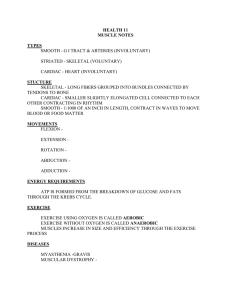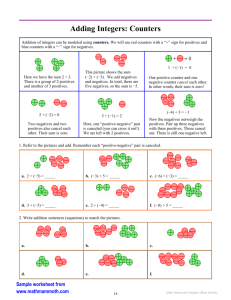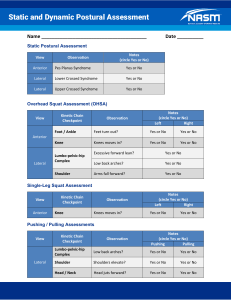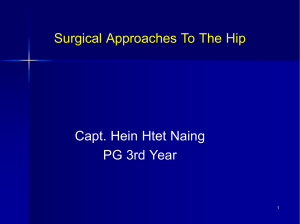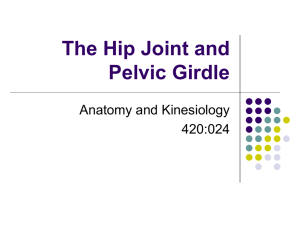Deep hip musculature - 34-601ClinicalAnatomy-FA14
advertisement
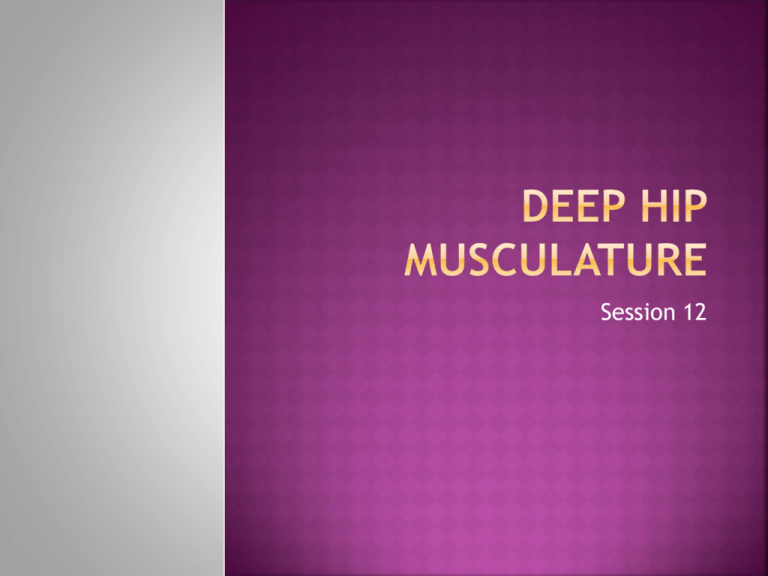
Session 12 Open Lab – Wednesdays 1-3 with Joy Questions Page Feedback Activities Study guides More tests?! More time!! Essays vs. Quizzes Tag Test dates e ho m ke Ta Es sa ys ,b ut 5 qu iz z es w 00 -7 50 ith w e. .. or d e s 33% 33% ar th ey ay w C. 33% he B. Essays, the way they are Essays, but 500750 words Take home quizzes with essay questions Es sa ys ,t A. Describe the attachment sites and relationships of the deep hip muscles, nerves, and arteries. Build a solid, unwavering picture of these structures in your mind! Organize information 3 different ways By relationship (superior to inferior) By innervation By attachment sites Include deep hip muscles, their attachment sites, and their innervations Include neurovasculature Pick one of the lists Assign each structure a letter Using those letters, build a sentence! Goal: Discuss how information is learned effectively, the positives and negatives of learning actively, and how active learning might apply directly to you. Join up with one other team for a discussion. Discussion rules: Listen Actively. Build on what others say. Be respectful of others' ideas. Do not criticize, but do critique! Watch your own air time - both how often you speak and how much you say when you do speak. You should be talking only 1/6th of the time! You should be listening 5/6th of the time! Let the conversation flow as much as possible without hand raising. Try to stay on task - refer back to the prompt if the topic drifts. Read the passage on the wiki page. Discuss the following questions: Considering that you've all taken A&P and developed schemata for anatomy, are you prepared for a minimal-lecture, still guided format? What would be the positives and negatives to a lecture format? What would be the positives and negatives to an active learning format? How efficient is studying facts compared to practicing critical thinking (and fitting information into schemata) while studying? When there is too much information for the brain to memorize (literally, not enough memory), how should one approach studying? Before the end of class, post a discussion summary to your team's project. Each team should post a summary. This summary will count toward your 20% participation grade. se 50% Fa l 50% ue B. True False Tr A. 25% us lu te LG R Gl ut e us us M M in in i im m us ed i us M lu te LG 25% us 25% s ed iu M D. us C. Gl ut e B. R Gluteus Medius L Gluteus Medius R Gluteus Minimus L Gluteus Minimus R A. 25%
